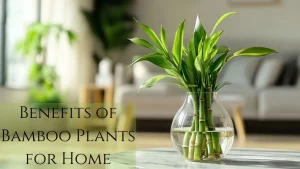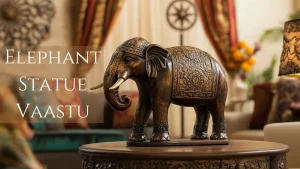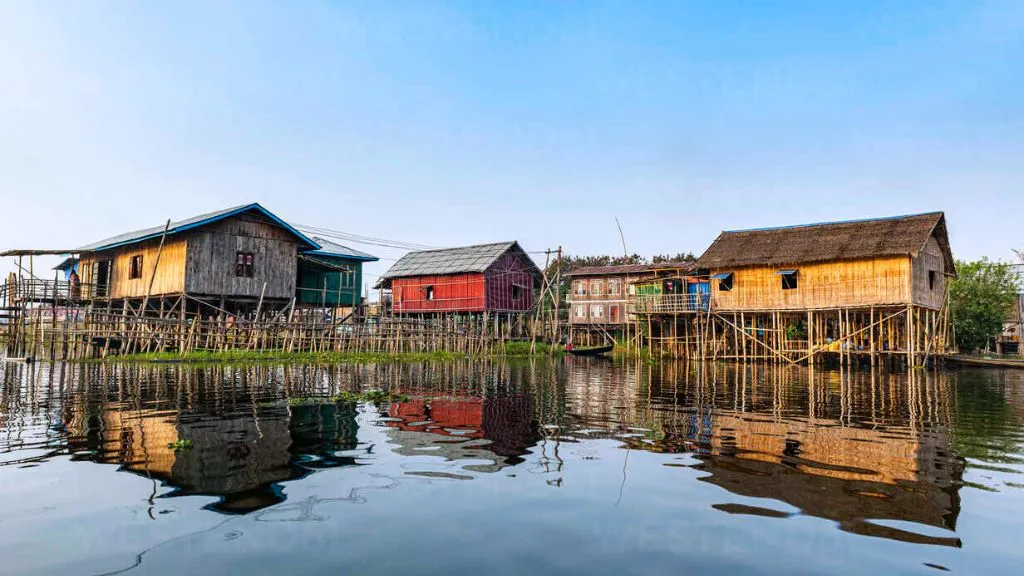
Stilt houses, also known as raised houses, are elevated structures built on stilts or columns, keeping them above ground level or water surfaces. Designed to adapt to challenging environments such as flood-prone areas, coastal regions, or uneven terrains, stilt houses provide practical solutions for protection against natural elements like flooding and moisture.
Beyond their functional benefits, these houses also offer better ventilation, extra storage space, and a unique architectural charm. In this article, we explore stilt houses, their uses, and their significance in modern and traditional architecture.
What Is A Stilt House? How It is Made Of?
Stilt houses are houses that are built in areas prone to flooding. Stilt houses are raised on stilts and are much higher level than a regular house. Regular homes or houses are built on the ground but stilt houses are built on stilts or on an elevated area to avoid the risks of flooding of the home or even pests and vermin.
Stilt houses are mostly found in coastal areas, but homes that are built along rivers prone to flooding can also benefit from the height a stilt house provides.
Why Are Stilt Houses Built Above The Ground Level ?
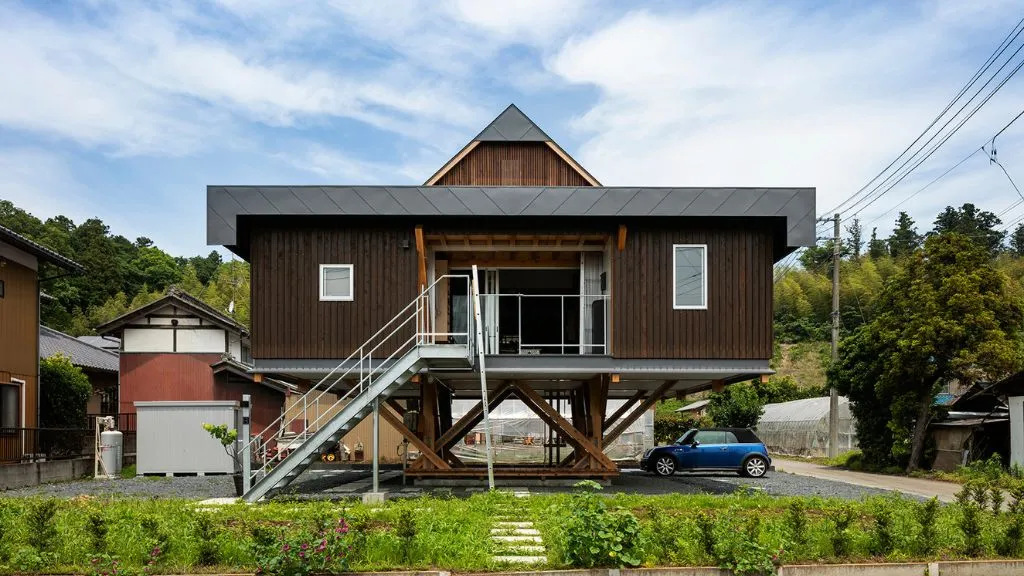
Stilt houses are not just built into one type of location and people use the house for different purposes. In the Arctic region, stilt houses protect the people from permafrost, and using stilts to build the house is the most effective way to keep the permafrost stable. In the region of Assam, people build stilt houses around the area of the Brahmaputra river which is prone to heavy flooding during the monsoon.
Thus, if the homes were built at the ground level, the heat radiating out of the house would cause the frost to melt and the flooding of the river would allow the house to sink completely in water.
What Are The Materials Used In Building A Stilt House ?
The materials used in building a stilt house are cement, wood, stone, bamboo, or sometimes even mud, depending on the region of the home. In many places, stilt houses can be found in the countryside but commercial and modern-day variations of these houses are also popular.
In a traditional stilt house, the verandah extended around the homes to a varying extent but never really surrounded the home. After modernization the verandahs of the stilt houses were absorbed, to construct more bedrooms and use more space for the living area.
Likewise, the traditional form of stilt houses across regions evolved, retaining certain architectural characteristics from the past, while other aspects were renovated, to suit the new modern-day lifestyles.
What Are Bamboo Stilt Houses? Where are Bamboo Slit Houses Found In India?
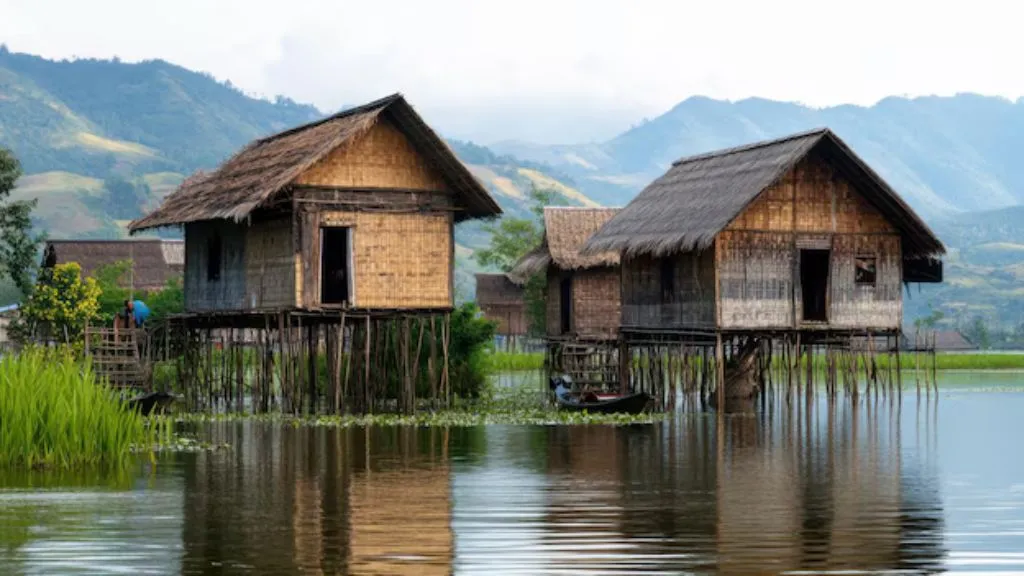
The most suited homes for flood-prone areas, bamboo stilt houses which are most commonly seen in Golaghat in Assam, India. High-quality bamboo is available in abundance in the Assam region, and as a result, locals have enough knowledge to craft things out of bamboo, which includes constructing bamboo stilt houses.
These stilt houses are a necessity for most water-based areas of Assam because flooding happens almost thrice a year. In modern times, technology has been integrated with local knowledge, to come up with bamboo stilt houses suited to this region.
What Are The Advantages Of Stilt Houses ?
The various advantages of stilt houses are –
- More airflow in hot climates. Both increased airflow from underneath the floorboards, and increased wind from the slight elevation.
- Dry space underneath a house in rainy seasons. People can use this space for storing goods, chores, keeping and tending animals, hanging things, and other useful activities.
- Protection from animals and privacy from other people.
- Provides visual advantage to people hunting and also for the military to keep sight of the terrain.
- Can be built on hilly and non-flat terrains and can also be built on areas prone to flooding.
- The height at which stilt houses are constructed provides flood protection to people.
Final Takeaway
Stilt houses are houses that are constructed above the ground level in areas that are prone to flooding and hilly areas. The stilt house is built with cement, bamboo, wood, and stone. Stilt houses are eligible for lower insurance premiums in most countries, but it does not mean that no flood insurance is required. You still need to have flood insurance and it will just be significantly less than a house built at ground level.
The insurance savings will differ by the flood zone, the location of the home, and the height of your home. Stilt houses are not as cheap as they sound but stilt houses do have significant additional costs upfront, and given the right location and design, they can be well worth the investment.




